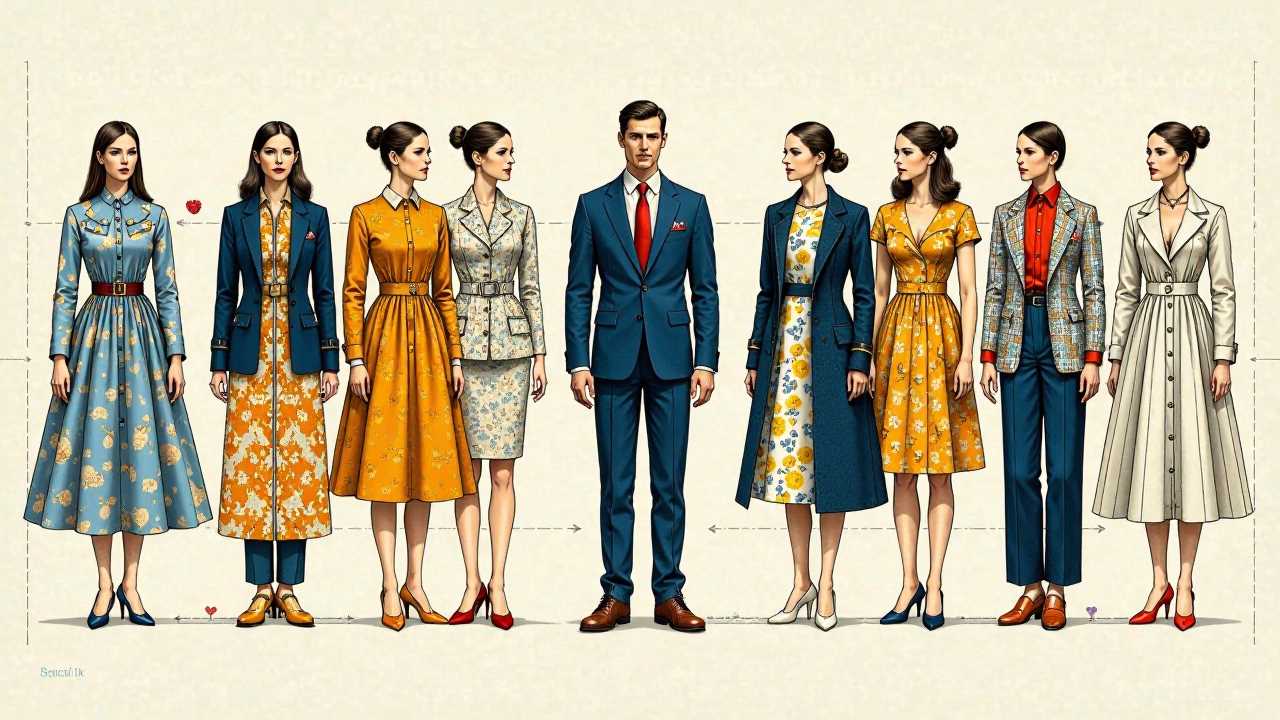
Understanding Garment Construction
Garment construction is a multifaceted discipline that combines creativity and technical skill to create clothing that not only looks good but also fits well and feels comfortable. At its core, garment construction involves several key components: tailoring, draping, patternmaking, and the selection of textiles. Each of these elements plays a vital role in the overall process, ensuring that the final product meets the desired aesthetic and functional requirements.
The Role of Tailoring in Garment Construction
Tailoring is an art form that focuses on the precise fitting and shaping of garments. It requires a deep understanding of body anatomy and the ability to manipulate fabric to achieve the perfect silhouette. Tailors use various techniques, such as darting, tacking, and seam allowances, to create garments that contour to the body’s natural curves.
A well-tailored garment not only enhances the wearer’s appearance but also boosts confidence. The process begins with taking accurate measurements, which are crucial for achieving a perfect fit. Tailors often create muslins or prototypes to test the fit before cutting into the final fabric. This meticulous approach ensures that the garment will be both flattering and comfortable.
Draping: Bringing Designs to Life
Draping is another essential aspect of garment construction that involves arranging the fabric on a dress form or mannequin to visualize how the final garment will look. This technique allows designers to experiment with different styles, silhouettes, and fabric types before committing to a specific design.
Draping is particularly beneficial for creating complex designs that require a keen eye for detail. By manipulating the fabric directly, designers can identify how it falls, flows, and interacts with the body. This hands-on approach fosters creativity and innovation, enabling designers to push the boundaries of traditional garment construction.
Patternmaking: The Blueprint of Fashion
Patternmaking serves as the blueprint for garment construction. It involves creating templates from which the final garment will be cut. A well-constructed pattern is crucial for ensuring consistency and accuracy in the production process.
There are two primary methods of patternmaking: flat patternmaking and draping. Flat patternmaking involves creating patterns on paper based on measurements and design specifications. In contrast, draping allows designers to create patterns directly from the fabric, providing a more tactile approach.
Regardless of the method used, patternmaking requires precision and attention to detail. Patterns must account for seam allowances, ease, and the characteristics of the chosen textiles. A well-crafted pattern not only facilitates efficient cutting but also ensures that the garment fits as intended.
Selecting the Right Textiles
The choice of textiles is a critical factor in garment construction. Different fabrics possess unique properties that influence the garment's drape, durability, and overall aesthetic. Designers must consider the weight, texture, and stretch of the fabric when selecting materials for their creations.
Natural fibers, such as cotton, silk, and wool, offer breathability and comfort, while synthetic fabrics, like polyester and nylon, provide durability and ease of care. The right textile can elevate a design, enhancing its visual appeal and functionality. Understanding the characteristics of various textiles allows designers to make informed decisions that align with their creative vision.
Embellishment: Adding the Finishing Touches
Embellishment is the art of enhancing garments with decorative elements. This can include techniques such as embroidery, beading, appliqué, and printing. Embellishments serve to personalize a garment, making it unique and reflective of the designer's style.
Incorporating embellishments requires a careful balance. Too much decoration can overwhelm a design, while too little may leave it feeling flat. Designers must consider the overall aesthetic and purpose of the garment when deciding on embellishments. Thoughtfully applied details can transform a simple piece into a stunning work of art.
Achieving the Perfect Fit
The ultimate goal of garment construction is to achieve the perfect fit. A well-fitting garment enhances the wearer’s silhouette and provides comfort, allowing for ease of movement. To achieve this, designers must consider various factors, including body shape, size, and personal preferences.
Fitting sessions are an integral part of the garment construction process. During these sessions, designers assess how the garment fits on the model or client, making necessary adjustments to ensure a flawless fit. This iterative process may involve multiple fittings, allowing for fine-tuning and refinement.
The Art of Garment Construction
Mastering garment construction is a journey that combines technical skill with artistic expression. By understanding the intricacies of tailoring, draping, patternmaking, textiles, embellishment, and fit, designers can create garments that not only meet the needs of their clients but also stand the test of time in the world of fashion.
As we continue to evolve in our craft, embracing new techniques and materials, the art of garment construction remains a vital aspect of the fashion industry. It is through this mastery that we can create pieces that resonate with individuals, telling their unique stories through fabric and design.
 SportsHollywoodLifestyleFashionHome & GardenTrendsPrivacy PolicyTerms And Conditions
SportsHollywoodLifestyleFashionHome & GardenTrendsPrivacy PolicyTerms And Conditions
